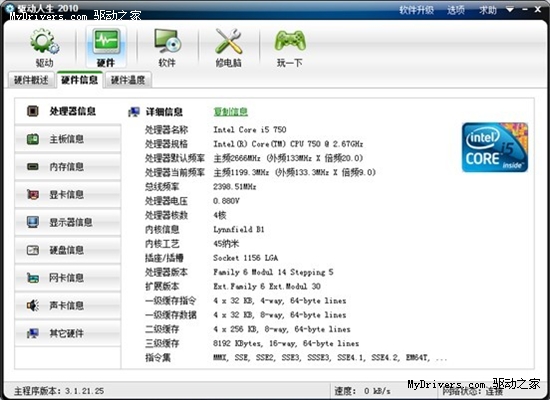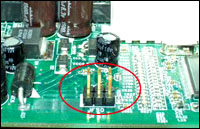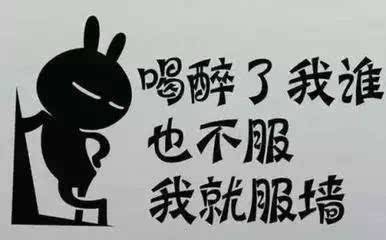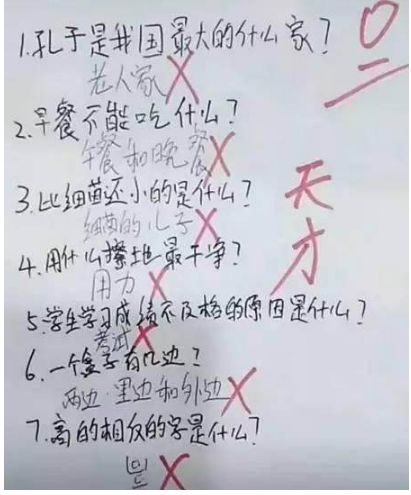网上有很多关于jQuery的this和$(this)的介绍,大多数只是理清了this和$(this)的指向,其实它是有应用场所的,不能一概而论在jQuery调用成员函数时,this就是指向dom对象。
$(this)指向jQuery对象是无可厚非的,但this就是指向dom对象,这个是因为jQuery做了特殊的处理。
在创建dom的jQuery对象时,jQuery不仅仅为dom创建一个jQuery对象,而且还将dom存储在所创建对象的数组中。
elem = document.getElementById(match[2]);
if (elem && elem.parentNode) {
this.length = 1;
this[0] = elem;
}
this.context = document;
this.selector = selector;
return this;
this[0] = elem这条语句就是实现对象数组。所以javascript是很有意思的语言,使用this访问时,可以访问它所指向的对象的成员函数,而其实this又是一个对象数组。其存放的是dom对象。
先看看 $("p").each() -- 循环
each: function( callback, args ) {
return jQuery.each( this, callback, args );
}
看了each函数的调用大家应该明白,jQuery.each( this, callback, args );调用的是对象数组,而对象的数组存储的是dom对象,因此在callback函数中的this自然是dom对象了
再看看$("p").hide() -- 成员函数
hide: function() {
return showHide( this );
},
function showHide( elements, show ) {var elem, display,
values = [],
index = 0,
length = elements.length;
for ( ; index < length; index++ ) {
elem = elements[ index ];
if ( !elem.style ) {
continue;
}
values[ index ] = jQuery._data( elem, "olddisplay" );
if ( show ) {
// Reset the inline display of this element to learn if it is
// being hidden by cascaded rules or not
if ( !values[ index ] && elem.style.display === "none" ) {
elem.style.display = "";
}
// Set elements which have been overridden with display: none
// in a stylesheet to whatever the default browser style is
// for such an element
if ( elem.style.display === "" && isHidden( elem ) ) {
values[ index ] = jQuery._data( elem, "olddisplay", css_defaultDisplay(elem.nodeName) );
}
} else {
display = curCSS( elem, "display" );
if ( !values[ index ] && display !== "none" ) {
jQuery._data( elem, "olddisplay", display );
}
}
}
// Set the display of most of the elements in a second loop
// to avoid the constant reflow
for ( index = 0; index < length; index++ ) {
elem = elements[ index ];
if ( !elem.style ) {
continue;
}
if ( !show || elem.style.display === "none" || elem.style.display === "" ) {
elem.style.display = show ? values[ index ] || "" : "none";
}
}
return elements;
}
从上面的代码可以看出hide行数其实调用的是showHide,而传入的第一个参数this,并不是dom对象,而是jQuery对象数组,因此showHide函数通过循环此对象数组获取每一个dom对象。
最后看看$("p").bind() -- 事件
bind: function( types, data, fn ) {
return this.on( types, null, data, fn );
},
on: function( types, selector, data, fn, /*INTERNAL*/ one ) {
// 此部分代码省略
return this.each( function() {
jQuery.event.add( this, types, fn, data, selector );
});
},
bind函数调用的是 on函数,而on函数又是通过 each函数实现了jQuery.event.add。因此 jQuery.event.add( this中的this也就是dom对象了。所以事件中的this也就是dom对象了。
以上就是个人对于jQuery中this与$(this)的理解了,如有什么纰漏,请联系我或者给我留言















